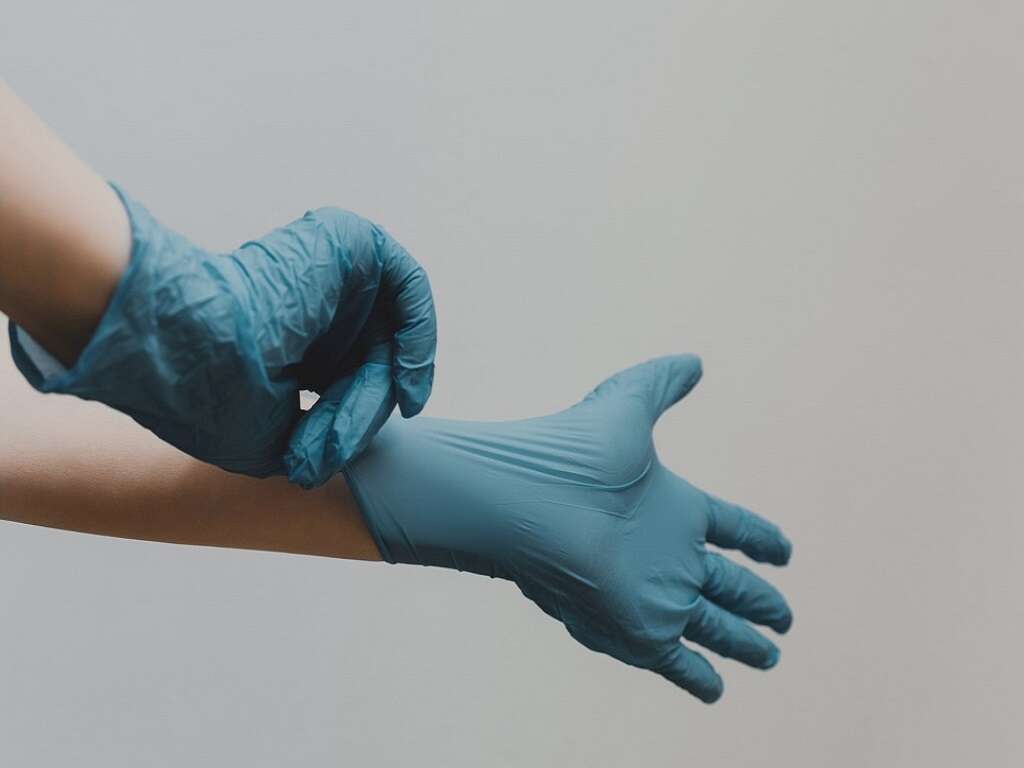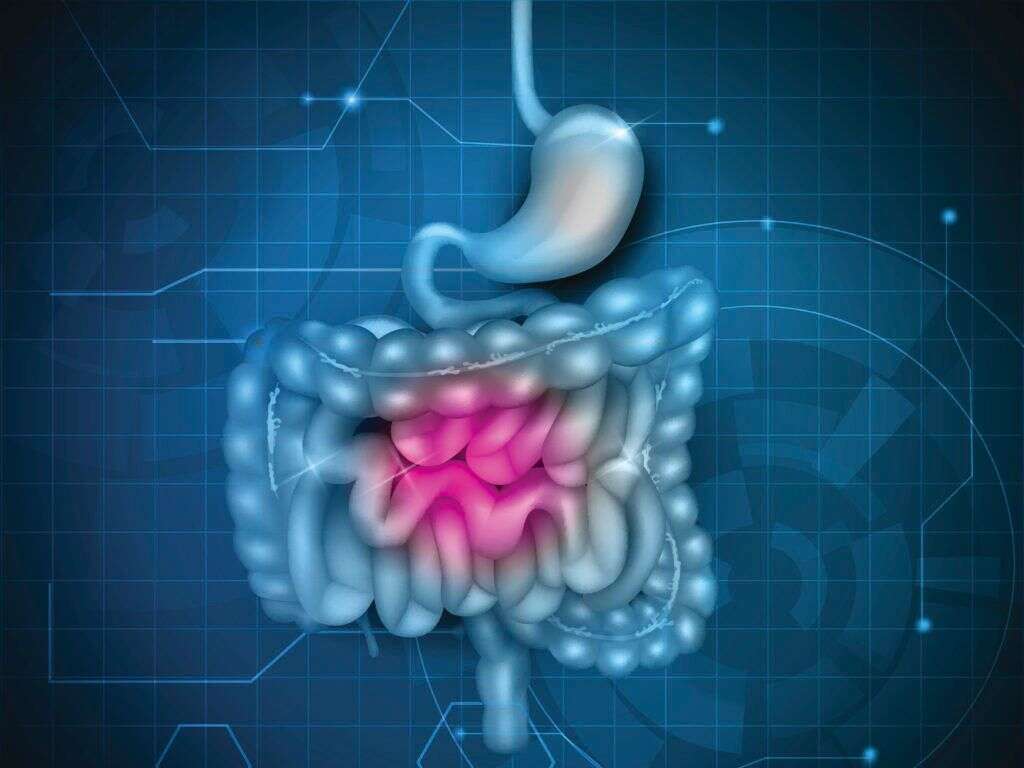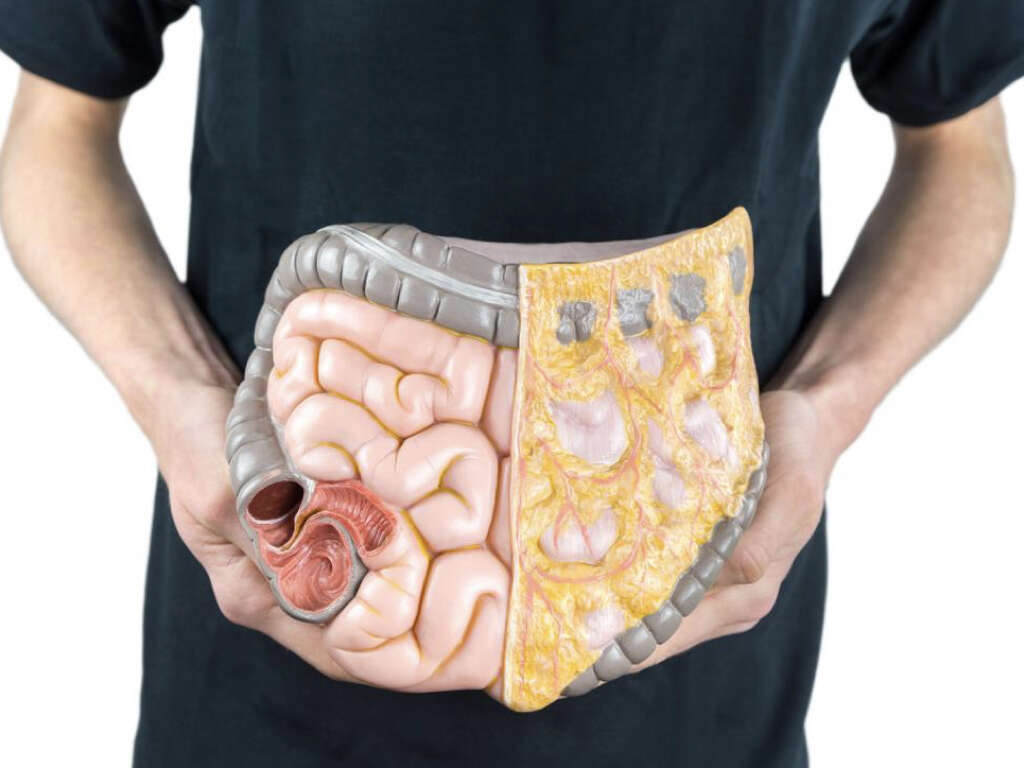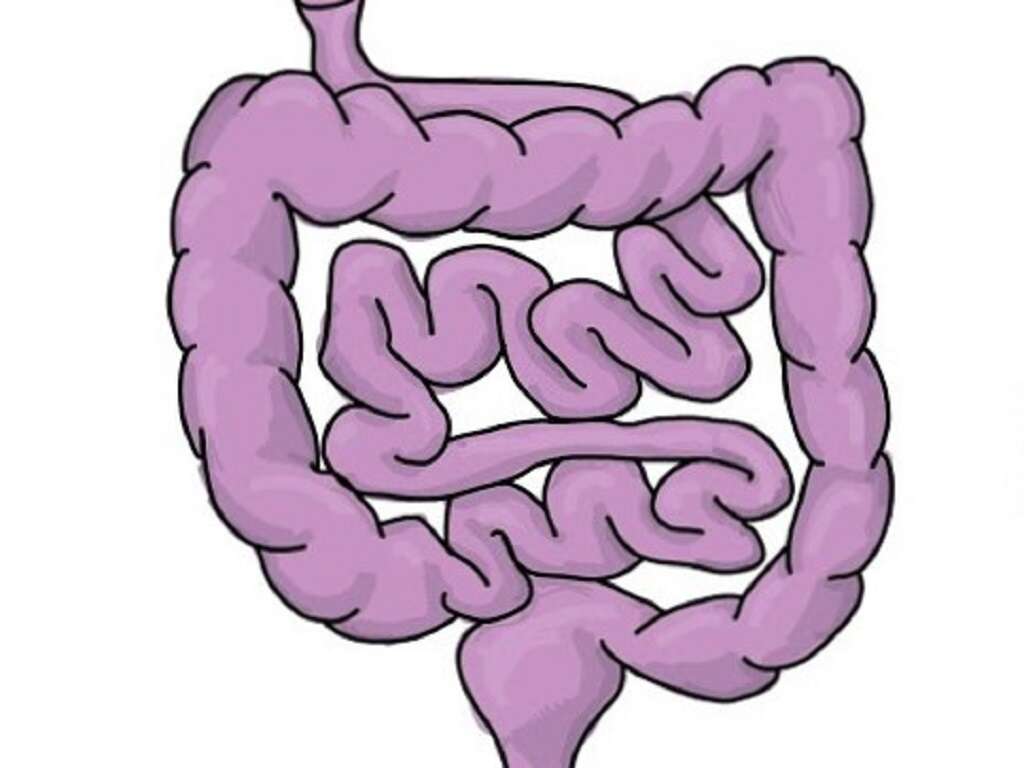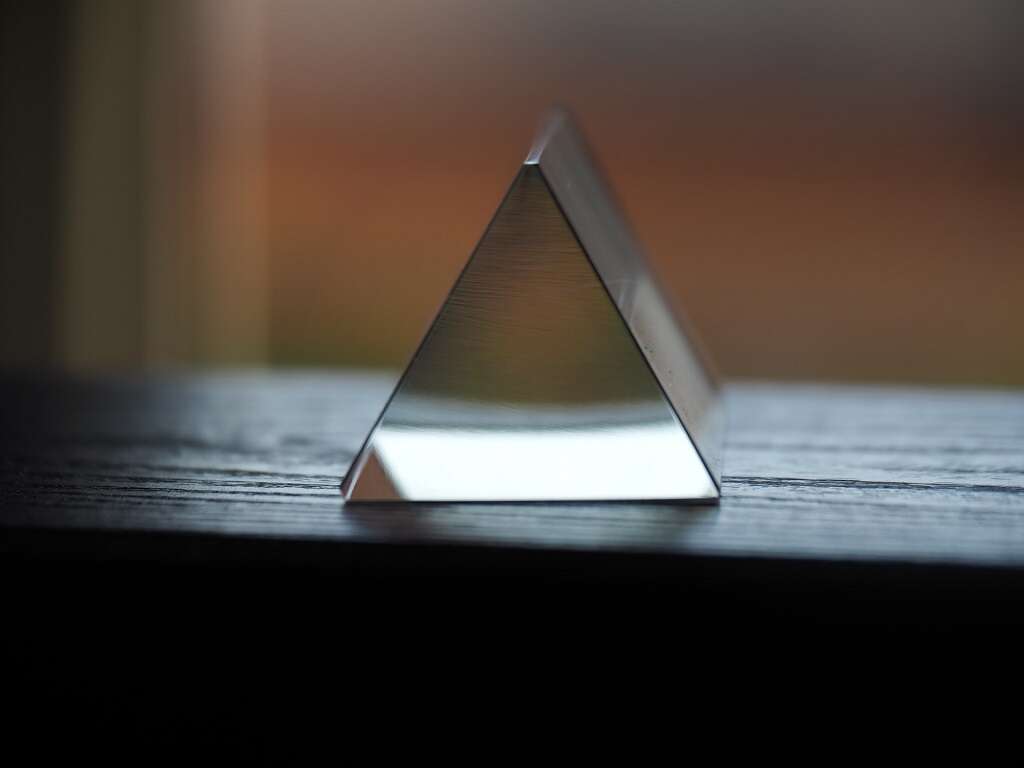Small Intestine Function Overview
 Article Sources
Article Sources
- 1. ’The Structure and Function of the Digestive System.’ Cleveland Clinic, www. my.clevelandclinic.org/health/articles/7041-the-structure-and-function-of-the-digestive-system
- 2. Collins J; Nguyen A; Badireddy M. ‘Anatomy, Abdomen and Pelvis, Small Intestine.’ National Institutes of Health, www.pubmed.ncbi.nlm.nih.gov/29083773
- 3. ’Krause W. Brunner’s glands: a structural, histochemical and pathological profile.’ National Library of Medicine, www.pubmed.ncbi.nlm.nih.gov/11148980
- 4. ’Your Digestive System and How it Works.’ National Institute of Diabetes and Digestive and Kidney Diseases, www.niddk.nih.gov/health-information/digestive-diseases/digestive-system-how-it-works
- 5. ’Easton J. ‘Specific bacteria in the small intestine are crucial for fat absorption.’ The University of Chicago, uchicagomedicine.org/forefront/gastrointestinal-articles/specific-bacteria-in-the-small-intestine-are-crucial-for-fat-absorption
- 6. ’Small intestinal bacterial overgrowth.’ Mayo Clinic, www.mayoclinic.org/diseases-conditions/small-intestinal-bacterial-overgrowth/symptoms-causes/syc-20370168
Layers of the Small Intestine
The small intestine is made up of four distinct layers. The outermost layer is the serosa. The next layer is called the muscularis, which consists of two smooth muscle layers. The outer muscle layer sits lengthwise, while the inner muscle layer is thick and circular. Together these muscle layers move food.
The submucosa is next, made of connective tissue carrying blood vessels and nerves. The mucosa, the innermost layer, contains absorptive structures called villi.2Collins J; Nguyen A; Badireddy M. ‘Anatomy, Abdomen and Pelvis, Small Intestine.’ National Institutes of Health, www.pubmed.ncbi.nlm.nih.gov/29083773
Advertisement



